Keywords
|
| Fuzzy Logic, Hybrid Systems, Load Frequency Control, Renewable Generation, Wind Power |
INTRODUCTION
|
| With more and more stress being given to environmental conservation and greenhouse effect there arises a pressing need to utilize the abundantly available natural energy sources to reduce the amount of green house gases exhausted by the fossil fuelled power plants. Therefore the greatest challenge for an engineer is to develop novel technologies to exploit the energy from clean sources. Even though wind energy poses such qualities but the wind as a source for power production is highly intermittent in nature due to this the power produced from wind is unpredictable and not reliable. |
| The hybrid wind power with diesel generation has been suggested in [1] and [2] to handle the unpredictable nature of the wind. A hybrid wind diesel system is very reliable because the diesel acts as a cushion to take care of variation in wind speed and would always maintain an average power equal to the set point. In addition to the unsteady nature of wind, the fluctuation of output power of such renewable sources may cause a serious problem of frequency and voltage fluctuation of the grid, especially, in the case of isolated microgrid, which is the a small power supply network consisting of some renewable sources and loads. In the worst case, the system may lose stability if the system frequency cannot be maintained in the acceptable range[3]. |
| Due to the increasing size changing structure, emerging renewable energy sources and new uncertainties conventional LFC designs are usually not suitable for large scale power systems with nonlinearities and uncertain parameters[4]. In order to overcome these difficulties it is required to develop an intelligent LFC scheme. With recent advancements in artificial neural networks, fuzzy logic control, expert systems and natural inspired algorithms development of knowledge based solutions for any problem is taking new dimensions. |
| Due to the simplicity, robustness, and reliability of the fuzzy logic now a days it is used in almost all fields of science and technology, including solving a wide range of control problems in power system control and operations. The main advantage of fuzzy logic is that unlike the traditional control theorems, which are essentially based on the linearized mathematical models of the controlled systems, the fuzzy control methodology tries to establish the controller directly based on the measurements, long-term experiences, and the knowledge of domain experts/operators. |
| Fuzzy logic has been used to solve the load frequency problem and it has been documented well. But all the reported works have considered only conventional system. So this paper addresses a new fuzzy logic based load frequency control technique for a hybrid wind diesel system. |
MODEL DISCRIPTION
|
| The basic configuration of an isolated hybrid wind diesel power generation system is shown in Fig 1 The PPC (Programmable Pitch Control) is installed in the wind side while the governor is installed in the diesel side. In additional the random wind energy supply, it is assumed that loads with sudden change have been placed in this system. These result in a serious problem of large frequency deviation in the system such power variations and frequency deviations severely affect the system stability. The life time of machine apparatuses on the load side affected by such large frequency deviations will be reduced. For mathematical modeling, the transfer function block diagram used in this study is shown in Fig 2. The PPC is a 1st order lead lag controller with single input feedback of frequency deviation of wind side. The hybrid diesel power generation proposed with Programmable Pitch Controller (PPC) in the wind side can be expected to be a cost effective device for reducing frequency deviations. |
| The state equation of linearized model in Fig 2 can be expressed as follows[4] |
 (1) (1) |
 (2) (2) |
 (3) (3) |
FUZZY LOGIC CONTROL
|
| Fuzzy logic is an approach to computing based on "degrees of truth" rather than the usual "true or false" (1 or 0) Boolean logic on which the modern computer is based. The idea of fuzzy logic was first advanced by Dr. Lotfi Zadeh of the University of California at Berkeley in the 1960s. |
| A fuzzy logic controller consist of four sections namely fuzzifier, inference mechanism, rule base and defuzzifier as shown in Fig |
| Generally the design of a fuzzy logic based controller has four steps as follows |
| Step 1) Defining the input and output variables with their ranges |
| Step 2) Fuzzification of the input and output crisp values into fuzzy sets |
| Step 3) Defining an inference mechanism and forming rule base |
| Step 4) Defuzzifying the output fuzzy sets into crisp values |
| In case of LFC for the purpose of design of fuzzy controller the ACE (e) and its derivative (de) are taken as two inputs i.e. they are used to as IF-part in the formation of rule base whose output gives the THEN-part. In this case as told above two inputs signals ACE (e) and its derivative dACE(de) are converted to fuzzy numbers first in fuzzifier using five membership functions. The membership function are defined as Positive Big (PB), Positive Small(PS), Zero (ZZ),Negative Small(NS),Negative Big (NB), Small (S), Medium (M), Big (B), very Big (VB), Very Very Big (VVB). Finally resultant fuzzy subsets representing the controller output are converted to the crisp values. |
| From Table 1 we can infer the rules which can be expressed in terms of IF-THEN statement as follows “IF ACE is NS and dACE is PB then the output is VB” |
TEST SYSTEM
|
| To investigate the effectiveness of the proposed control a simulink model of wind diesel hybrid system has been developed as shown in the Fig. In order to prove the superiority of the proposed controller two cases are taken into considerations namely |
| a. Step change in Load |
| b. variable wind Input. |
| Fig 4 shows the variable wind input applied using the simulink signal builder. Fig 5 and Fig 6 shows the test system with existing pitch control and proposed fuzzy logic controllers respectively |
RESULTS
|
| The operation of a wind diesel hybrid system for a step load change with PPC and FLC are compared. MATLAB/SIMULINK environment was used to design, test and validate the effectiveness of the two LFC schemes. Fig 7&8 shows the frequency response of the hybrid wind diesel system for step load changes. From Figure 7 we can see that the frequency deviations of the system has reduced to zero. Comparing the frequency response results with PPC it is quite apparent that the FLC highly improves the frequency response of the hybrid wind diesel system. Similarly fig 9and fig 10 shows the frequency response of the system for a variable wind speed input and again the superiority of the FLC can be verified. |
CONCLUSION
|
| In this paper a fuzzy logic based frequency controller for hybrid wind diesel has been proposed to improve the frequency response of the hybrid wind diesel system. The simulated results shows that the control strategy that has been proposed is promising to eliminate the frequency deviations in the system when there is load changes |
Tables at a glance
|
 |
| Table 1 |
|
Figures at a glance
|
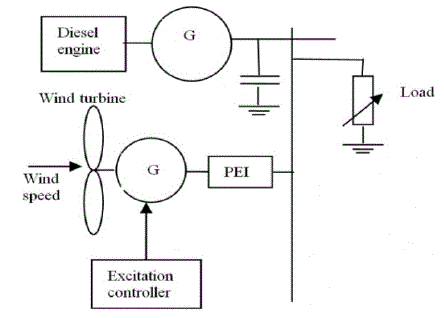 |
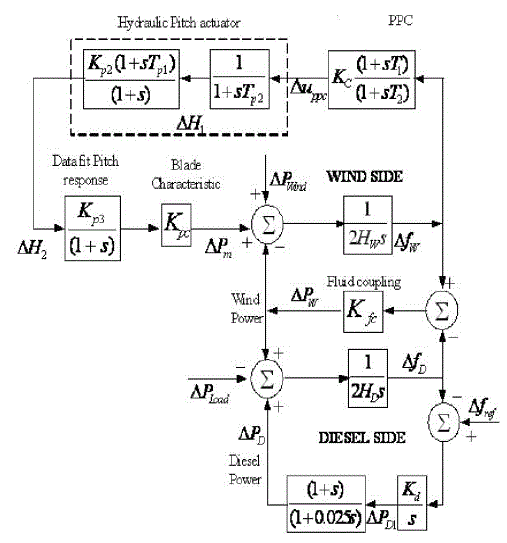 |
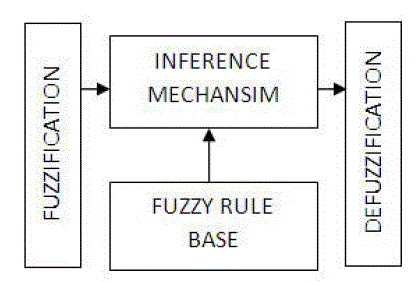 |
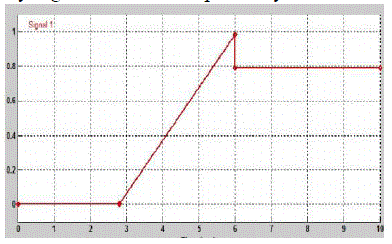 |
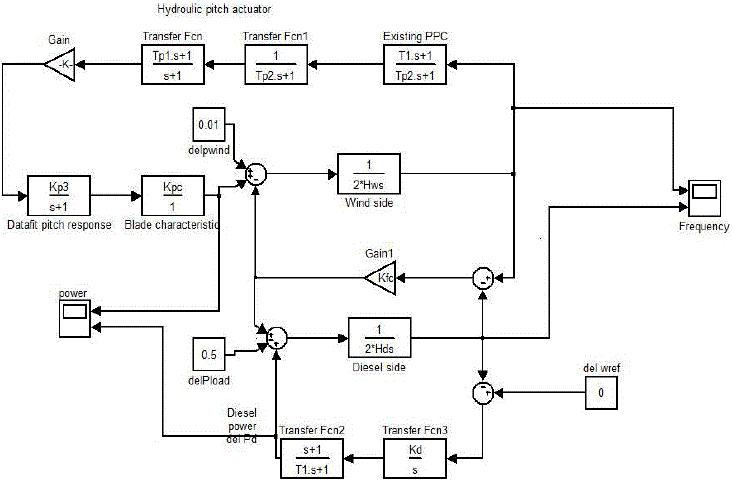 |
| Figure 1 |
Figure 2 |
Figure 3 |
Figure 4 |
Figure 5 |
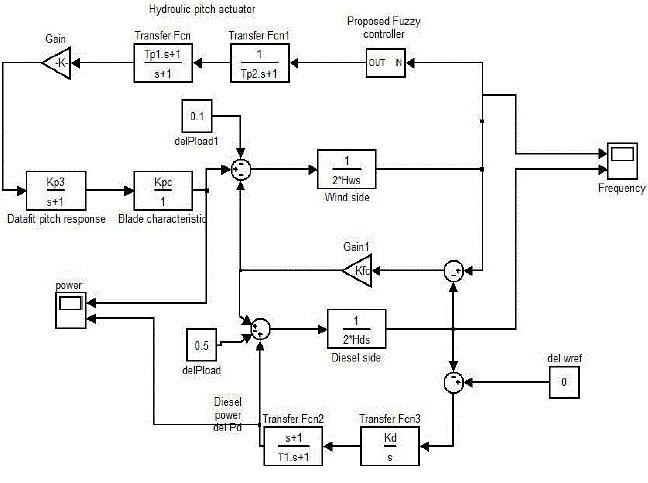 |
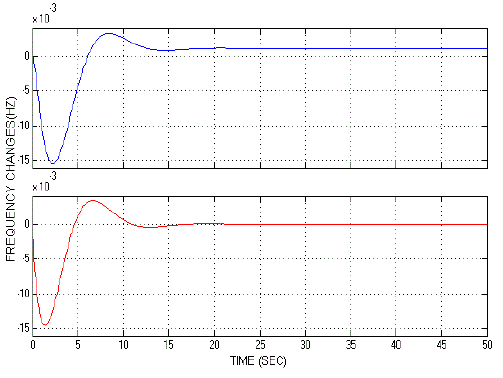 |
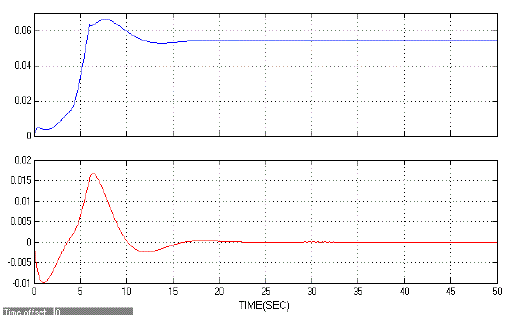 |
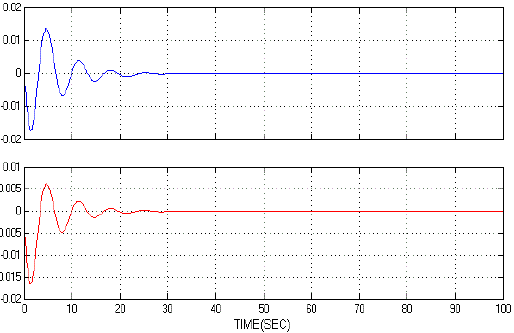 |
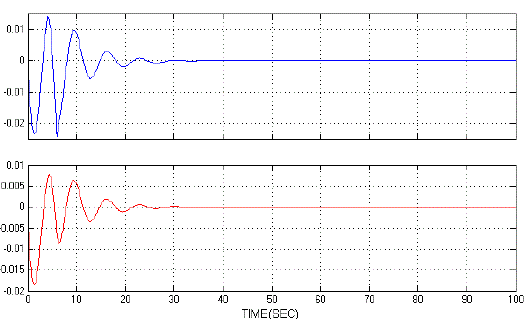 |
| Figure 6 |
Figure 7 |
Figure 8 |
Figure 9 |
Figure 10 |
|
References
|
- Hunter R.E.G.,Wind-diesel systems a guide to technology and its implementation, Cambridge University Press 1994.
- Lipman NH. , Wind-diesel an autonomous energy systems, Elservier Science Publishers Ltd 1989.
- H. Bevrani, Robust Power System Frequency Control, 1st ed. New York: Springer, 2009.
- CukSupriyadi A., Takuhei Hashiguchi, TadahiroGoda and Tumiran “Control Scheme of Hybrid Wind-Diesel Power Generation System” INTECHPUBLICATIONS
- IEEE Committee Report. Standard definitions of terms for automatic generation control on electric power systems. IEEE Trans Power Appl Syst1970;89.
- Amenedo JLR, Arnalte S, Burgos JC. Automatic generation control of a wind farm with variable speed wind turbines. IEEE Trans Energy Convers2002;17(2):279–84
- Gu P., Petkov Hr. &Konstantinov M.M., Robust Control Design with MATLAB, Springer, 2005.
|